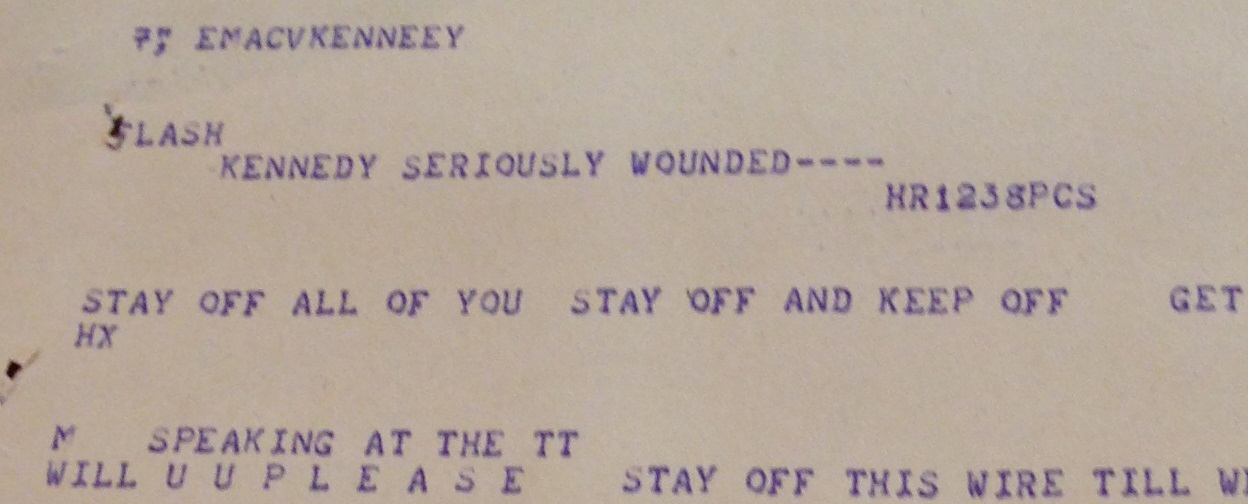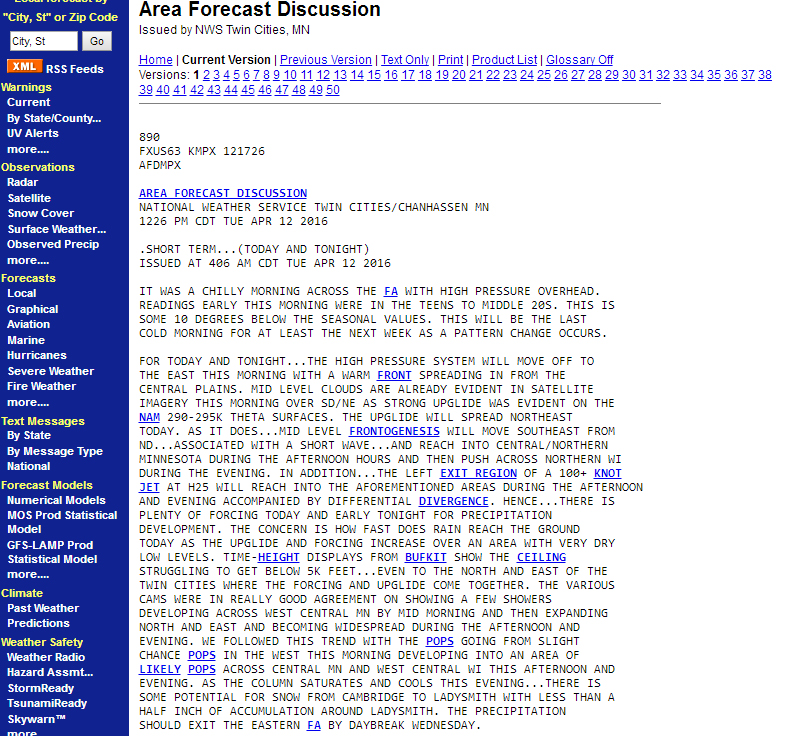ONE OF THE LAST VESTIGES OF OLD-SCHOOL RADIO IS FALLING: THE NATIONAL WEATHER SERVICE HAS ANNOUNCED THE ERA OF ALL-CAPS IS OVER.
UP UNTIL THE INTERNET CAME ALONG AND COPY HAD TO BE “REPURPOSED” FOR WHAT IS ESSENTIALLY A PRINT MEDIUM, RADIO (AND, PRESUMABLY TV) COPY WAS WRITTEN IN ALL CAPITAL LETTERS. THAT WORKED WELL ON RADIO, BUT ON THE INTERNET, AS YOU’VE PROBABLY HEARD, IT’S LIKE SHOUTING.
OLD-FASHIONED WIRE MACHINES PRINTED IN ALL CAPS. THE MOST FAMOUS BULLETINS IN HISTORY, CAME IN CAPS.
BUT GONE ARE THE DAYS WHEN HULKING WIRE SERVICE MACHINES GAVE NEWSROOM THEIR PERSONALITY. NEWSROOMS ARE TOMB-LIKE NOW. INFORMATION IS DELIVERED THE NEW-FANGLED WAY. Quietly and whisperlike.
And all-caps are dead, the National Weather Service says.
The National Weather Service has proposed to use mixed-case letters several times since the 1990s, when widespread use of the Internet and email made teletype obsolete. In fact, in web speak, use of capital letters became synonymous with angry shouting. However, it took the next 20 years or so for users of Weather Service products to phase out the last of the old equipment that would only recognize teletype.
Recent software upgrades to the computer system that forecasters use to produce weather predictions, called AWIPS 2offsite link (The Advanced Weather Interactive Processing System), are allowing for the change to mixed-case letters. The switch will happen on May 11, after the required 30-day notification period to give customers adequate time to prepare for the change.
“People are accustomed to reading forecasts in upper case letters and seeing mixed-case use might seem strange at first,” said NWS meteorologist Art Thomas. “It seemed strange to me until I got used to it over the course of testing the new system, but now it seems so normal,” he said.
Three forecast products will transition to mixed-case use on May 11, including area forecast discussions, public information statements and regional weather summaries. Severe weather warnings will transition this summer, with other forecasts and warnings transitioning to the new system through early next year.
Upper case letters in forecasts will not become obsolete – forecasters will have the option to use all capital letters in weather warnings to emphasize threats during extremely dangerous situations. Certain forecast products with international implications, such as aviation and shipping, will continue to use upper case letters, per international agreements that standardize weather product formats across national borders.
You have one month to get your nostalgia today.


